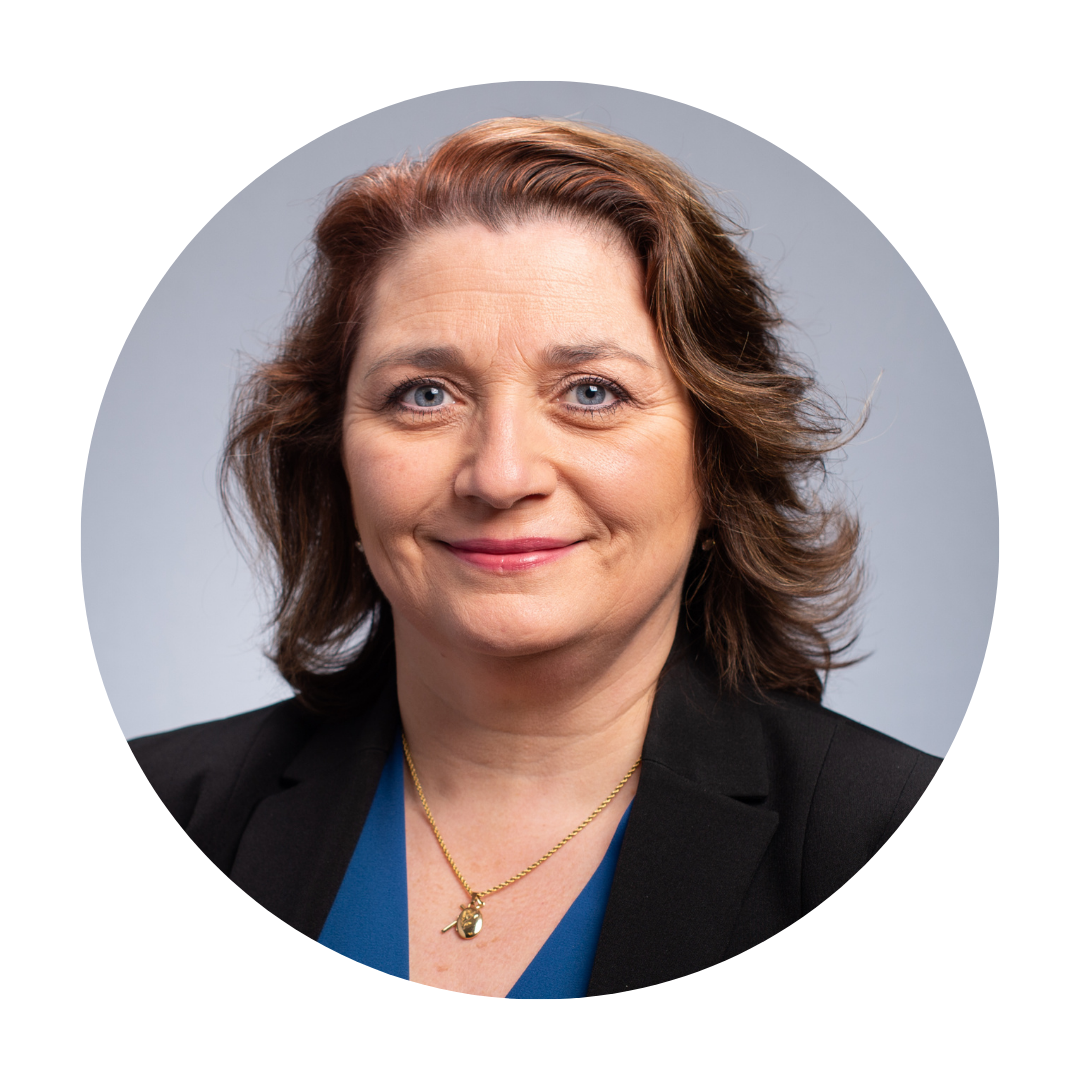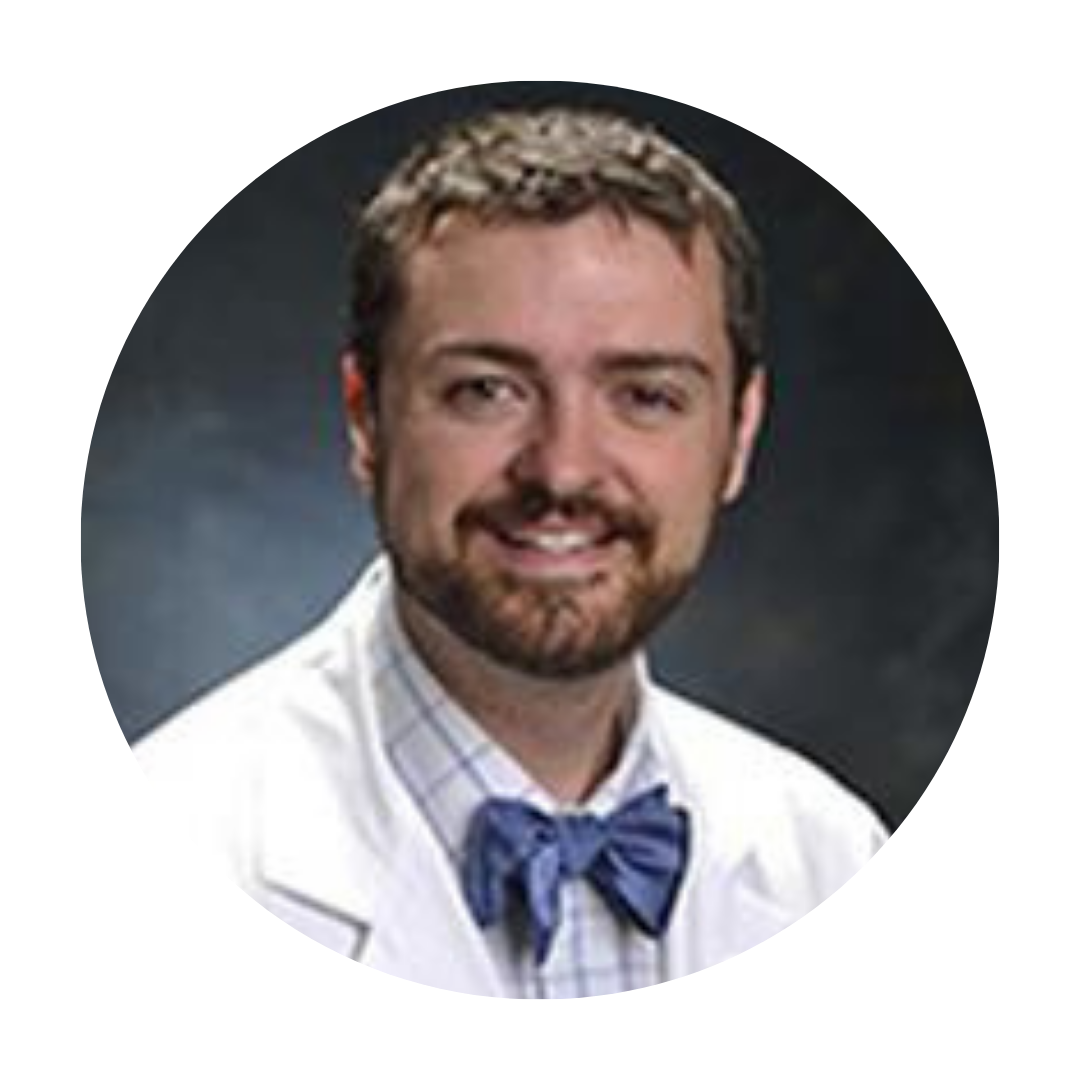 There’s no doubt about it—the past year has changed the way we use technology to do business, go to school, attend doctor’s appointments, and now participate in medical school shadowing.
There’s no doubt about it—the past year has changed the way we use technology to do business, go to school, attend doctor’s appointments, and now participate in medical school shadowing.
Near the end of 2020, Carmel McNicholas-Bevensee, BSc, Ph.D., Associate Professor in the Department of Cell, Developmental and Integrative Biology, wanted to find a way for students to participate in shadowing. Dr. McNicholas-Bevensee explained, “Students were having anxiety because they know that they’re expected to have shadowing when they apply for medical school. Because of COVID, those opportunities were taken away. And, while it was a worldwide problem, it didn’t stop the worry.”
Having followed the telehealth program for many years, Dr. McNicholas-Bevensee (pictured on right) reached out to Eric Wallace, M.D., Associate Professor in the Department of Nephrology and Medical Director for Telehealth in the UAB Health System (pictured on left). During this conversation, the doctors discussed telehealth’s capabilities and gained an understanding of how the current infrastructure and capabilities could incorporate virtual shadowing.
Nephrology and Medical Director for Telehealth in the UAB Health System (pictured on left). During this conversation, the doctors discussed telehealth’s capabilities and gained an understanding of how the current infrastructure and capabilities could incorporate virtual shadowing.
With three components—physician, student, and patient—Drs. McNicholas-Bevensee and Wallace identified two ways to define virtual student training. The first would be telehealth shadowing. This method was named after the telehealth visits made mainstream during the COVID-19 pandemic. The patient (at home) would receive a link to speak with their physician (who is also at home). Once clicked, the doctor and visitor would be in a private room to discuss the reason for their visit. When adding the telehealth shadowing component, this is where the physician would ask permission. If agreed, the student (also at home) would join using the same link.
 The second experience, known as teleshadowing, is when the student is being carried around via an iPad or computer and the physician and patient are in-person.
The second experience, known as teleshadowing, is when the student is being carried around via an iPad or computer and the physician and patient are in-person.
Dr. Wallace acknowledged, “When COVID hit, everything hit the fan. Telehealth quickly became one of the primary sources of doctor visits. Because of this, we received an FCC grant for $1 million to help equip clinics for the shift to virtual patient appointments. We hadn’t even thought about using this to fill the need for student training. That wasn’t until Carmel approached me.”
During their conversation, Dr. McNicholas-Bevensee and Dr. Wallace realized not only do they need to do this, but it is as a crucial part of UAB’s mission to develop and share knowledge. In November of 2020, this team—including Carolyn Maddox and pre-med undergraduate, Clare Bevensee —launched a test to ensure the plan would hold up in action. And, to everyone’s expectations, it worked perfectly.
Next, to get the virtual training program launched, the team began recruiting physicians and enrolling participants. In its initial unveiling, virtual training was made available to students in the Masters in Biomedical Health Science program and past participants of the Summer Health Professions Education Program (SHPEP), for which Dr. McNicholas-Bevensee, Dawn Fizer and Carolyn Maddox are members of the Leadership Team.
SHPEP is a six-week enrichment program that aims to increase diversity in health professions by recruiting and preparing underrepresented minority and disadvantaged students for successful educational experiences and careers in health care.
After the first email was sent to garner interest, 40 people immediately responded. Now, there is a total of 80 students signed up for virtual training and even more who want to enroll. Dr. McNicholas-Bevensee’s explained, “With the connection to SHPEP, many of the enrolled students are predominantly underrepresented in medicine—which is fantastic. This program is a utility for the future of diversity in medicine. Many underrepresented students don’t have access to a major health center or don’t have connections through family. Virtual training allows them to shadow physicians at a world-renowned institution, from anywhere in the world.”
In a survey sent to participants, one student added, “The most impactful part of this experience was getting to virtually enter each patient’s room and discover and a new story and treatment plan. I have never shadowed a specialist, specifically in Nephrology, so seeing the doctor in action was quite interesting and unique.”
Since its launch, word has spread about the opportunities available through this virtual training program. Eager to provide their students with this experience, the School of Optometry, Department of Physical Therapy, and the School of Dentistry—which are also programs that participate in SHPEP—have partnered with Dr. McNicholas-Bevensee’s team.
In total, ten physicians and three physical therapists have volunteered to host students in the virtual setting. Most recently, primary care physicians from the Huntsville campus, as part of the CU2RE program, have expressed interest in helping Dr. McNicholas-Bevensee’s team expand outside Birmingham.
By taking the key learnings and infrastructure established in the virtual training program at UAB, Dr. McNicholas-Bevensee’s team is standing by their mission to develop future physicians through training and knowledge. Additionally, the work done by Dr. McNicholas-Bevensee and Dr. Wallace is reaffirming UAB’s innovative mindset and commitment to fostering an inclusive workplace for all.
Currently, there are a large number of students interested in enrolling. However, to best serve the students, the number of participants has been limited. Dr. McNicholas-Bevensee’s team is looking for physicians throughout the School of Medicine to serve as a mentor—allowing the program to grow. More recently, a number of UAB undergraduates have enrolled.
If you’re interested in participating, please reach out to Dr. Carmel McNicholas-Bevensee at cbevense@uab.edu.